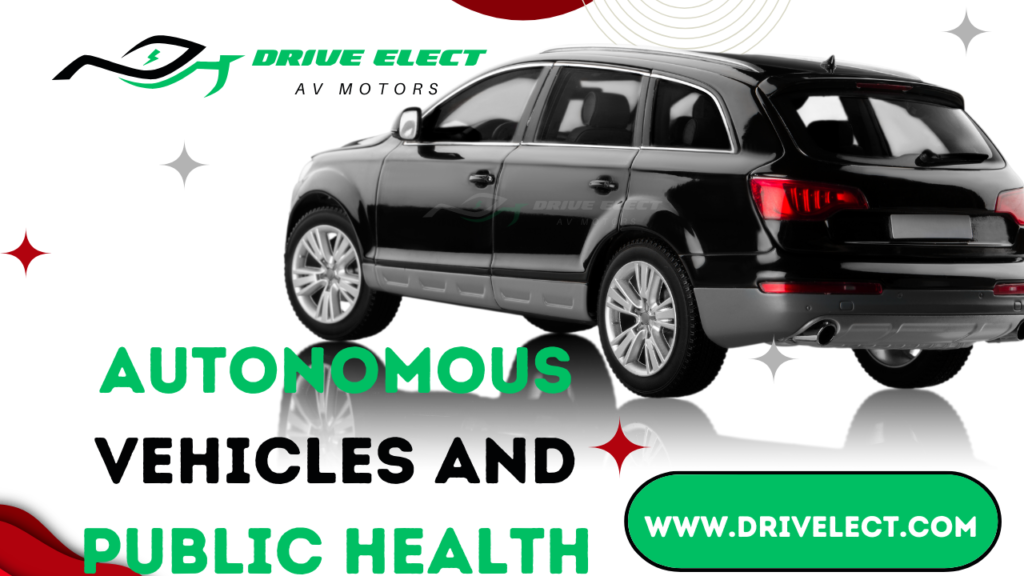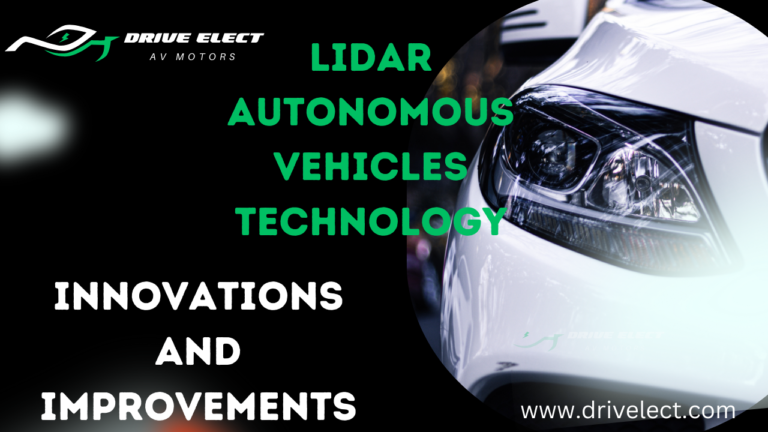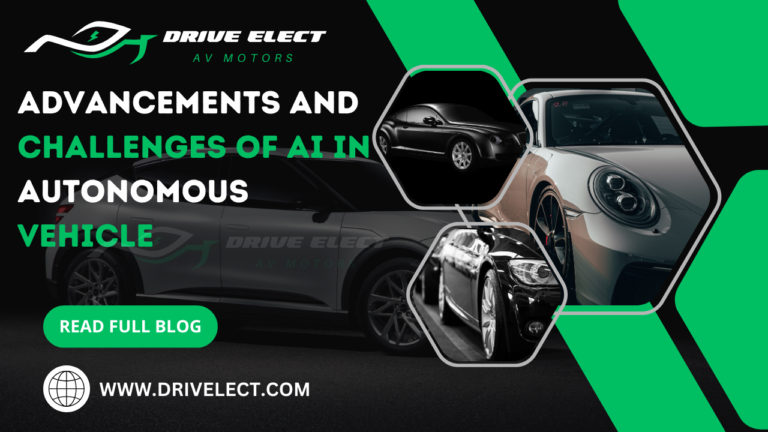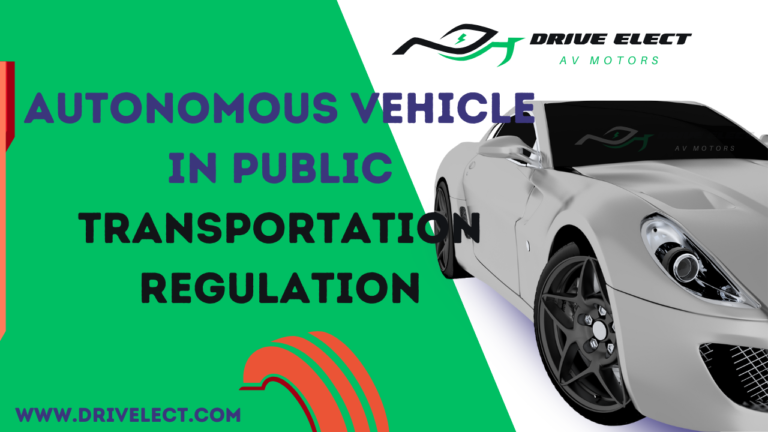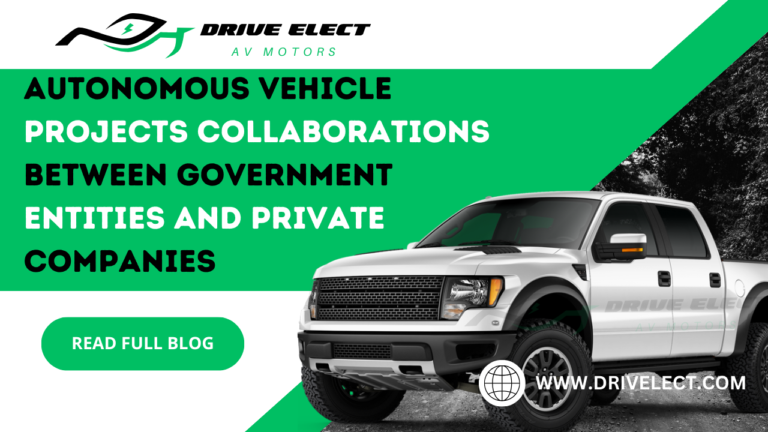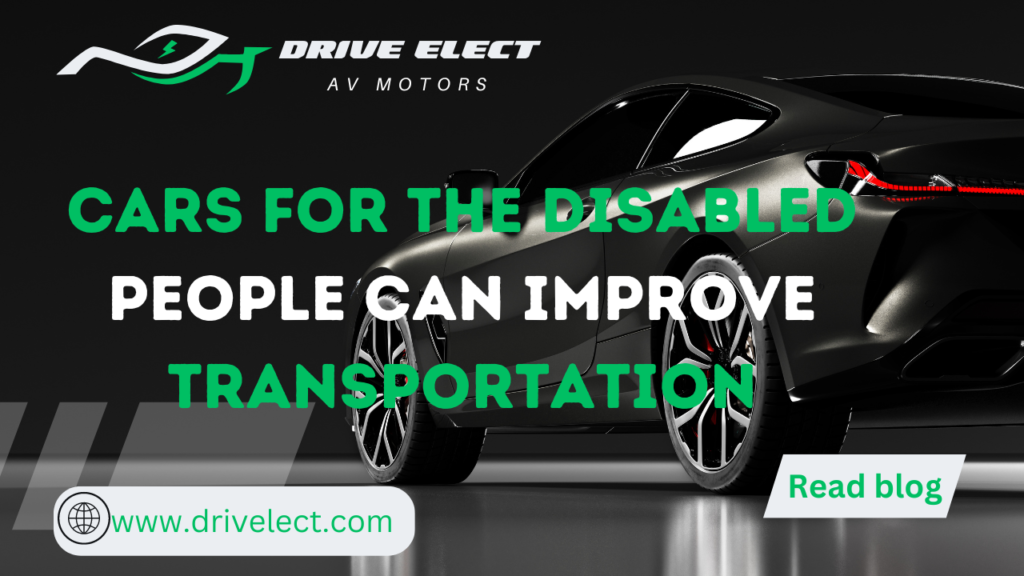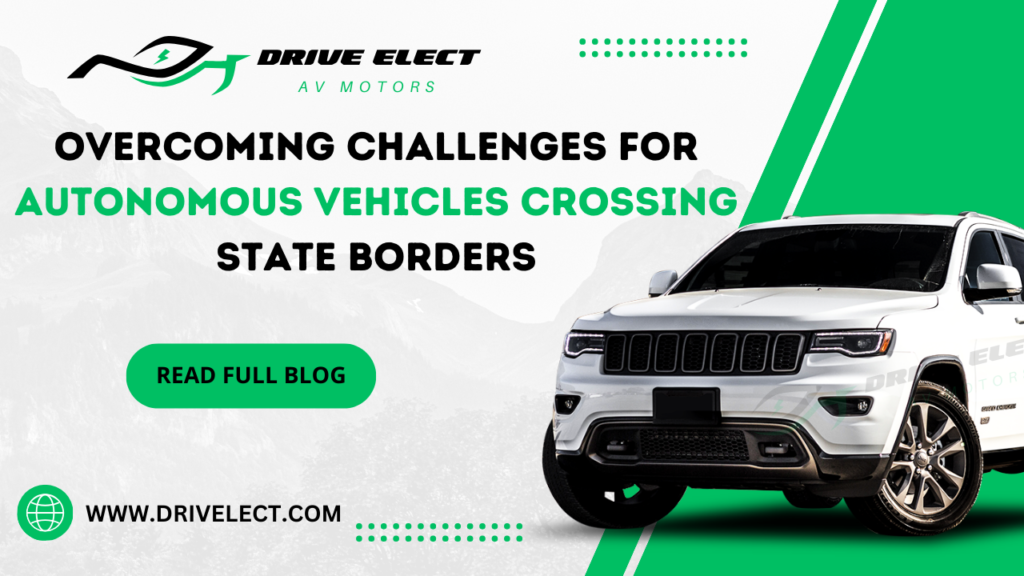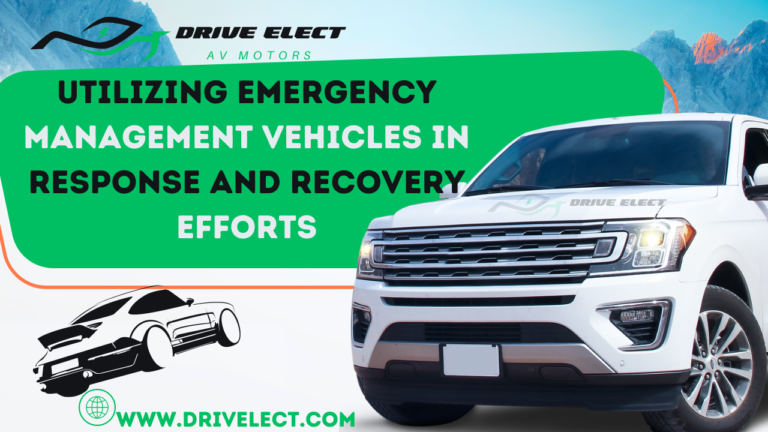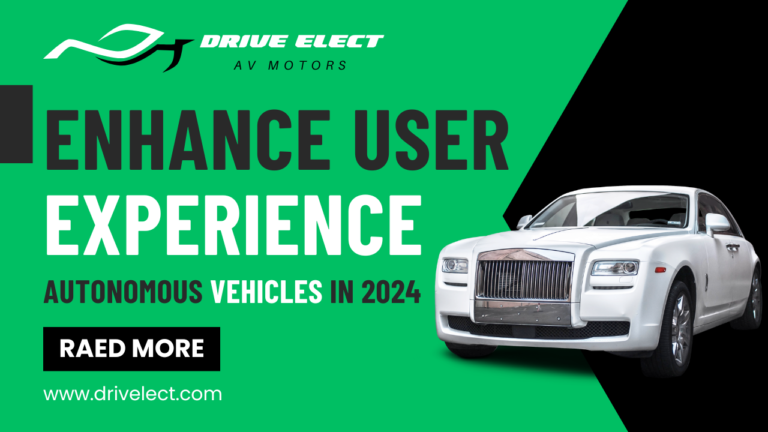Table of Contents
ToggleAutonomous vehicles and public health
Autonomous vehicles can change how we live in cities and travel. These are cars that drive themselves without a person’s help. Some are even used in U.S. cities. A.V.s come with different features and techniques to own or use them. At the same time, they might increase certain health risks like pollution and less physical activity. They can make roads safer by reducing accidents. A.V.s can improve our health and city if we make the proper rules. The best use of A.V.s includes electric cars shared by many people. Good policies are key before A.V.s become common. Here, we discuss the article about autonomous vehicles and public health.
Introduction:
More people live in cities than in rural areas globally, about 55% in 2018. Urban living affects health through exercise, pollution, green spaces, and access to healthcare. Transit policies in cities play a significant role in health, and recent tech advancements like A.V.s are changing the game. A.V.s, cars that can drive without human control, are a big deal in transport.
There are six levels of A.V.s, from driver monitoring to full automation. Waymo, a Google subsidiary, introduced the first shared A.V. fleet in 2018, with over 1,400 AVs tested by various companies. Estimates show that by 2020, 5% of car sales will be A.V.s, and by 2030, A.V.s could cover 40% of the market. The impact on public health depends on A.V. automation, use, ownership, and engine type. The autonomous vehicles and public health play a crucial role. Car sharing, personal vehicle sharing, ridesharing, and on-demand services are different ways A.V.s can used. Understanding these changes is vital for creating healthier urban environments.
The potential impact of autonomous vehicles on public health:
How autonomous vehicles can affect health. We look at two types of impacts: direct, which affects the people using A.V.s, and indirect, which affects the whole community. Direct impacts can be good or bad for travelers. Indirect impacts happen when A.V.s are far and wide used and affect everyone. The direct and indirect impacts are a significant figures in autonomous vehicles and public health. Our agenda shows how health factors change, like more or less exercise, depending on A.V. use. Considering these changes helps us see the overall health effects of A.V.s.
Direct impacts:
Traffic safety:
The A.V. industry believes Autonomous Vehicles can significantly improve road safety. In the U.S., many road deaths involve driver errors like dreamy driving. Globally, road accidents cause about 1.3 million deaths every year, most common in inferior countries. A.V.s could reduce these deaths, especially in crashes caused by drivers. A study estimated that if 90% of U.S. cars were autonomous, 25,000 lives could be saved annually.
However, there are challenges, like people’s fear of A.V.s due to some high-profile accidents. Also, more road safety from A.V.s influence decreased organ donations, often from crash victims. A.V.s raise ethical questions about decision-making in crashes, like choosing between the safeties of a passenger. We need autonomous vehicles and public health along with safety of passengers.
Physical activity:
Walking, cycling, and using public transport are suitable for physical activity. It helps in many ways, like cleansing the air and lessening traffic noise. The impact of self-driving cars on how we travel is tricky to guess. Studies show A.V. potency makes people drive more (15% to 59% more) and use public transport less.
Private AVs might make cities spread out more sprawl, making walking and cycling less engaging. But, sharing could reduce how much we drive (10–25% less) if many people share rides. United A.V.s, especially when shared with others, may affect physical activity less than private ones, letting people still walk, cycle, or use public transport. We need both autonomous vehicles and public health for safety of human begins.
Air pollution emissions:
Most people, 95% globally, live in places with worse air quality than the World Health Organization recommends. Dirty air is a significant health risk, with motorized vehicles being a major cause, especially in cities. In 2015, around 250,000 deaths worldwide were linked to air pollution from road transport. People inside cars face more air pollution than walking, cycling, and taking buses. Pollution from transportation has two types: exhaust from tailpipes and exhaust from brakes, tires, etc. It’s essential to attack these issues for better health.
Exhaust emissions:
The impact of self-driving cars on air pollution depends on three things. If they make us drive more, how much they spoil electric vehicles are cleaner, and how well they work with walking, cycling, and public transport. If A.V.s make us drive more and still use dirty engines, air pollution will increase. Also, if A.V.s are not electric, people inside face more pollution, affecting everyone. Rules for A.V.s can help by considering these issues, not just air pollution. But also for emissions linked to climate change, like CO2 and black carbon. This is crucial to manage A.V. use for a cleaner environment.
Non exhaust emission:
Car pollution is not just about what comes out of the tailpipe. It also comes from brakes, tires, road wear, and dust. These non-exhaust sources can be even more than the exhaust emissions, especially for tiny particles. Electric cars release more of these non-exhaust pollutants because they are heavier.
If self-driving cars make us drive more, even if they are electric, these non-exhaust emissions become a problem. We can use better materials to fix this, reduce things like studded tires, clean roads, and bind dust to roads. Manage traffic to lower pollution from these sources. Managing these things is essential for cleaner air. To improve technology, we need both autonomous vehicles and public health.
Noise:
Self-driving cars can affect how noisy our roads are. Loud road traffic noise can harm health, causing sleep issues, irritation, and even heart problems. In Europe, these are linked to around 10,000 premature deaths every year. If A.V.s still use regular engines, they make lots of noise, especially if they make us drive more. But, if we switch to electric A.V.s, the noise could decrease.
A Dutch study even said a fully electric car fleet could reduce urban noise. However, there’s a safety concern: Electric cars are quiet at low speeds, making it risky for pedestrians and those with visual impairments. Some countries are thinking about adding artificial sounds to electric vehicles for safety.
Electro Magnetic Field:
Electric and magnetic fields are invisible energy areas produced by electricity. Low to mid-frequency EMFs are not held for direct harm to DNA and cells. Studies on EMFs and cancer risk have not given precise results. A recent U.S. National Toxicology Program study found male rats exposed to high radio frequency used in 2G and 3G cell phones developed heart tumors.
Self-driving cars use various technologies telling people to use EMFs, but we lack enough evidence on how this affects health. It’s tough to give references without more research. Further studies are crucial to understanding the potential health impacts of EMFs from A.V.s.
Work conditions:
Working long hours can harm health, causing various issues like stress and diseases. In the United States, 15%of daily trips are for commuting. Self-driving cars could change how we work during commutes. If A.V.s make people work off the record during commutes, it leads to longer work hours. Otherwise, if the time spent in A.V.s is considered official work time, it could affect work regulations. More research is needed on this aspect of A.V.s. It’s central to consider work rules for A.V. commuting to prevent too much work and adverse health effects.
Indirect impacts:
Traffic congestion:
Automated cars will only change traffic a little. However, fully self-driving cars might increase or decrease congestion. One shared self-driving vehicle could replace 11 regular cars in a city. Another estimate said that if self-driving vehicles replaced all car and bus trips in Lisbon, Portugal, it could reduce congestion. Less traffic jams mean less time stuck in travel, less air pollution, and less noise. So, while fully automated A.V.s might bring some challenges, they could also make our travel smoother and cleaner if planned right.
Impact on public transportation:
Taking public transportation is safer and encourages physical activity. If A.V.s replace public transport, it will lead to less exercise and inequality, especially for low-income people. Combining A.V.s with public transit could be a solution. They have tested autonomous buses in 7 cities in Europe, sharing roads with others.
Some transit, like autonomous bus rapid transit, can offer rail-like service at lower costs. Planners must consider A.V.s in transit options for fair choices. However, there’s a concern about losing 4.8 million driving jobs in the E.U. While tech might replace some tasks, a complete replacement could be slow.
Land use and healthy urban design:
Self-driving car fleets, or SAVs, could change how cities use space. If SAVs are used for ridesharing, urban parking space decreases by up to 90%. This change could also turn car-focused spaces into parks and other valuable areas. However, predictions about parking and SAVs depend on uncertain factors like how people perceive time in SAVs. SAVs will make it easier for people to reach different places in suburbs and rural areas. But, this could lead to more urban sprawl, with people living farther from the city center. For better advancement in technology, we need both autonomous vehicles and public health.
Studies show different outcomes, like a decrease in the inner city population and an increase in outer suburbs with private AVs, but more balanced with ridesharing SAVs. The impact on cities will depend on how SAVs are used and planned.

